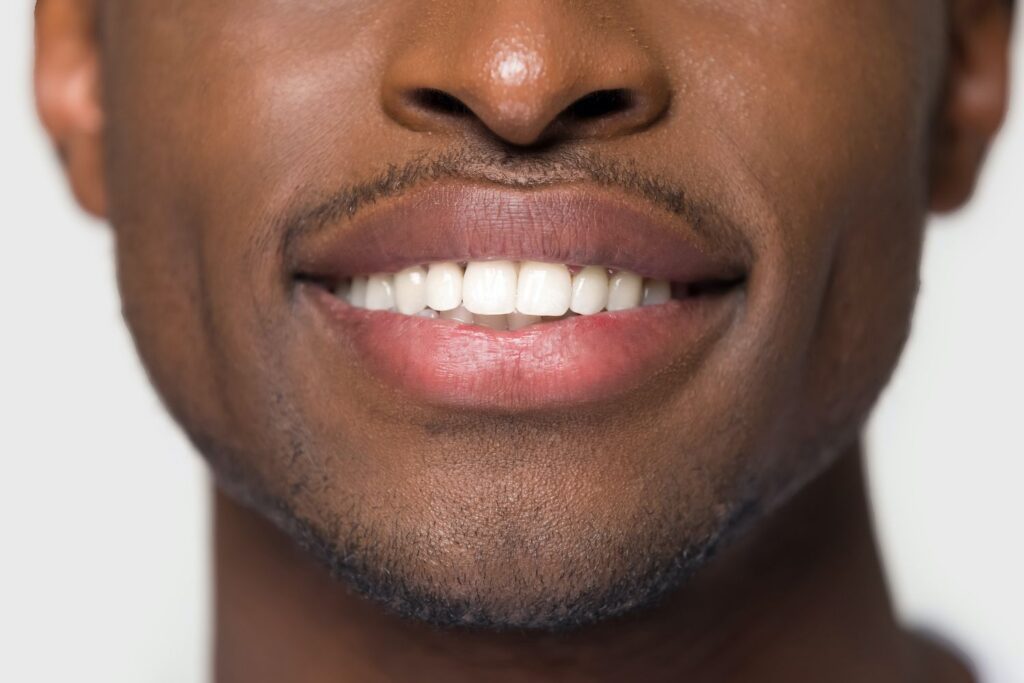Have you noticed dark or light spots on your teeth? Does your smile appear yellower or duller than it once did? Over time, your teeth might start to lose their pearly white luster, which may impact your self-esteem.
Your dentist fortunately can provide you with professional teeth whitening solutions to brighten your tooth color. But you can also reduce your risk of this aesthetic dental damage when you know what can cause this dental discoloration in the first place. Read on to find three primary reasons that you might develop stains on your teeth.

Why Do I Have Dental Discoloration?
Consuming Staining Agents
A common cause of dental discoloration comes from consuming foods and beverages that feature staining agents. Dark-colored food items, like red wine, coffee, and tea, get their color from substances called tannins. Tannins will transfer and absorb into tooth enamel over time, leaving dark stains on the teeth’s surface.
You cannot remove these deep stains with your usual oral hygiene routine. You can, however, take precautions to lower your risk of forming stains when you eat or drink these items. Sipping dark beverages through a straw will reduce the chances of dental discoloration. But this effort will not remove the risk entirely.
You may want to limit these foods and drinks in your diet if you want to preserve your natural tooth color. Smoking or otherwise using tobacco products can also stain your teeth. So you might want to avoid this habit to protect your smile.
Underlying Dental Concerns
Sometimes dental discoloration occurs as a side effect of a larger dental problem. For instance, cavities, an early form of tooth decay that wears a hole in the outer layer of your tooth, can present as white, brown, or black spots on the surface. You will want to treat a cavity promptly to avoid advanced decay that will severely harm your oral health.
You might also see a dullness in your tooth color if you have a dead tooth, which can happen when blood flow becomes restricted in the tooth pulp, usually after a dental injury. While not necessarily an emergency, a dentist will want to monitor the condition for optimal preventative care. So do not ignore changes in the color of your teeth as they could point to an issue requiring dental intervention.
Factors Beyond Patient Control
Even with diligent oral health care, stains could form on your teeth for reasons beyond your control. Aging, for example, will weaken the tooth enamel over time, making your teeth more susceptible to stain formation, yellowing, and darkening. Certain medicines can create dental discoloration as a side effect.
Consult with your dentist to find effective preventative measures to protect your tooth color and keep your smile looking and feeling its best. Cosmetic dental solutions can enhance your smile, but ideally, you should preserve the natural beauty of your teeth when you can. Schedule a dentist appointment in Plano, TX today.
